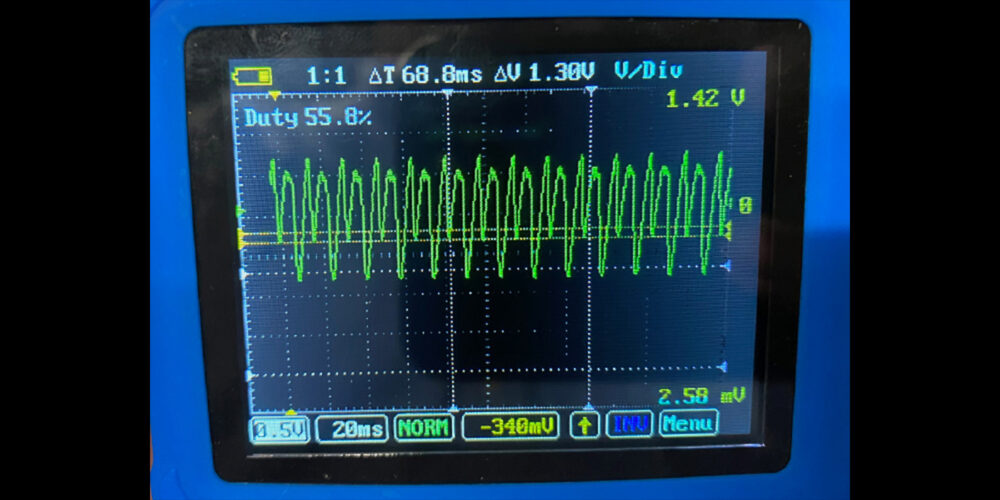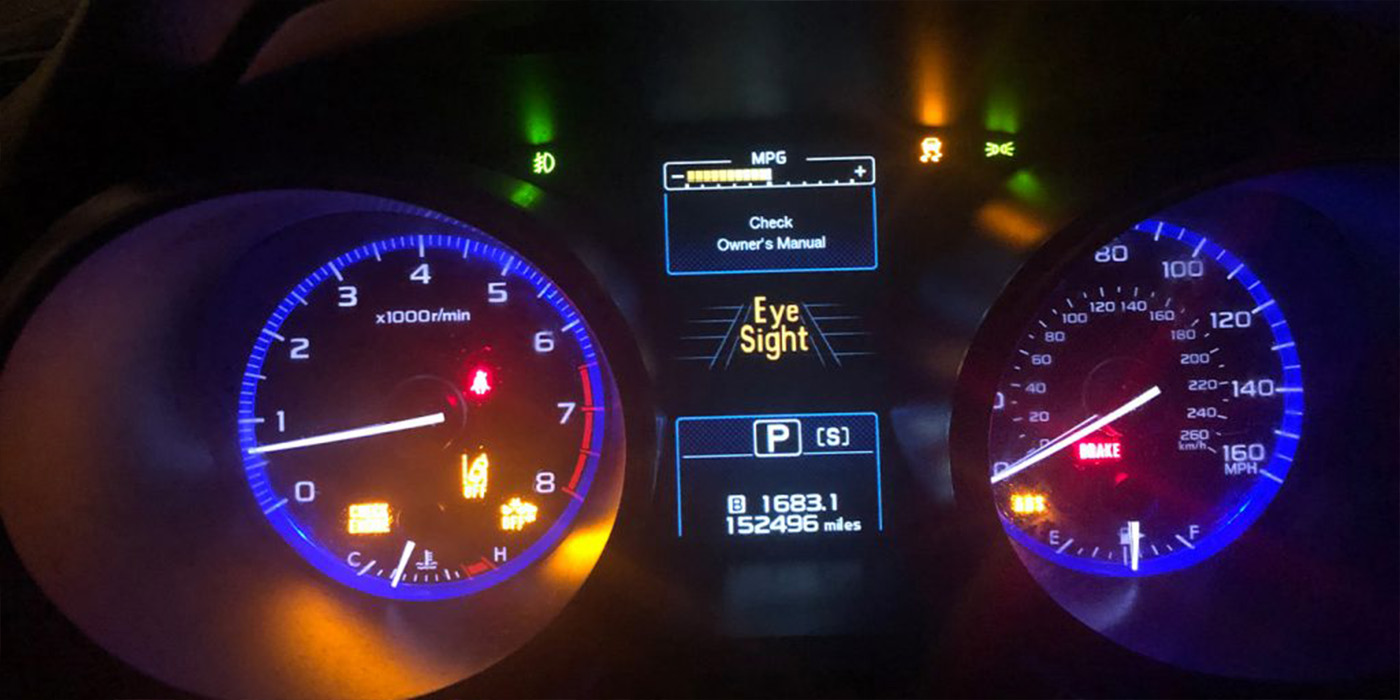
We recognize that our organization’s ability to consistently deliver the best quality, speed and cost performance is critical to our success today and in the future. The key word here is “consistently.” We can’t sometimes deliver the best performance – we need to deliver it every day.
SOPs
Our strategic thinking and planning, relating to how we continuously improve our consistency across the entire end-to-end process, includes many key points.
Our documented standard operating procedures (SOPs) serve as the foundation for consistent performance. Documenting SOPs is not a one-time event.
Ben Franklin once said, “The only thing certain in life are death and taxes.” That means everything else is subject to change – and continuous change means continuous improvement of our documented standards.
Before we drill down further, let me share a favorite quote from one of the best football coaches of all time, Vince Lombardi, who said to his team, “Gentlemen, we are going to relentlessly strive for perfection, knowing full-well we will not achieve it because nothing in life is perfect. Nonetheless, we will relentlessly chase perfection and catch excellence in the process.” This quote by Lombardi sums up our view of the need to practice continuous improvement: being a little better every day, and consistently working on consistency.
The Top 6
Following are the top 6 areas we focus on as part of our effort to maintain consistency across our entire end-to-end process.
- Alignment: We start at the beginning, delivering orientation training to both new and existing associates. We use the orientation training to gain alignment around the organization’s vision, mission, values and much more.
- Our standard operating procedures (SOPs) are well-documented and shared with all associates.
- Our operations management team audits the application of SOPs and coaches our associates when SOPs are not being followed.
- We review our key performance indicators (KPIs) with our entire management team, who then communicate our performance successes and improvement opportunities with our associates.
- We hold our managers accountable to leading compliance of our standards.
- We view our end-to-end processes not as a single process but as a series of mini companies with each activity being delivered to the downstream “internal customer.” Our end-to-end mini company structure includes: scheduling, customer intake and vehicle check-in; disassembly; damage analysis; parts procurement; quality verification; production; paint; assembly; detail; and delivery. We develop and maintain SOPs for each supplier (the upstream process) and each internal customer (the downstream process).
We’ve found achieving consistency delivers many extraordinary benefits:
- Quality workmanship and customer experience improves
- Cycle time and productivity improves (speed)
- Waste is eliminated, lowering costs
- Earning potential increases as productivity and throughput improve
- Workplace stress is reduced as everyone knows what’s expected of them and what they expect of their upstream internal supplier
- Associate morale improves
- On-boarding new associates is more effective and efficient
While we have improved our consistency and relative performance year over year, we’re still chasing perfection in our attempt to catch excellence. A few ideas we’re pursuing include:
- Developing SOP signage for key processes to further improve communication of our standards 24/7/365 to our associates, who are asked to execute the SOPs
- Including review of SOPs in our planned internal monthly newsletter
- Exploring a monthly reward system for best consistency
I hope sharing our thought processes about the importance of consistency stimulates your thinking and actions.
Article courtesy BodyShop Business.














